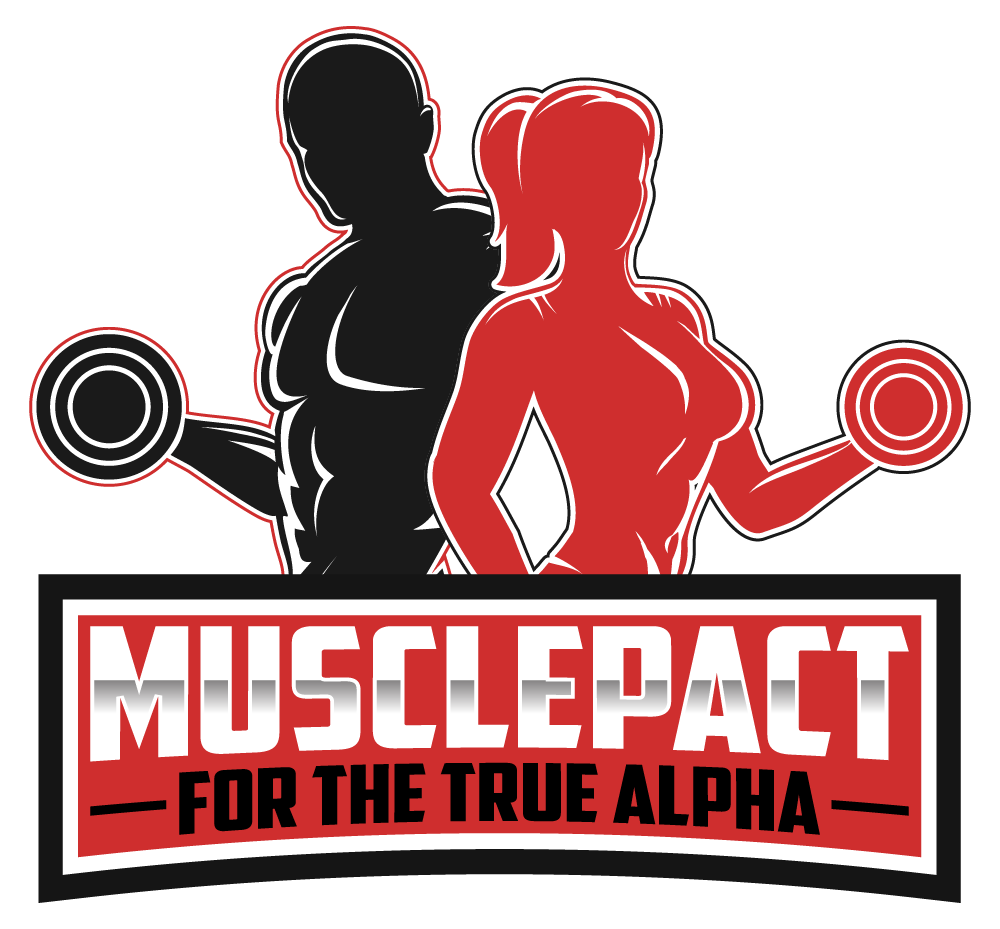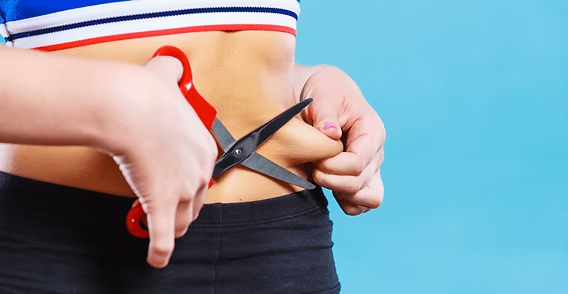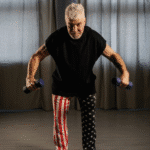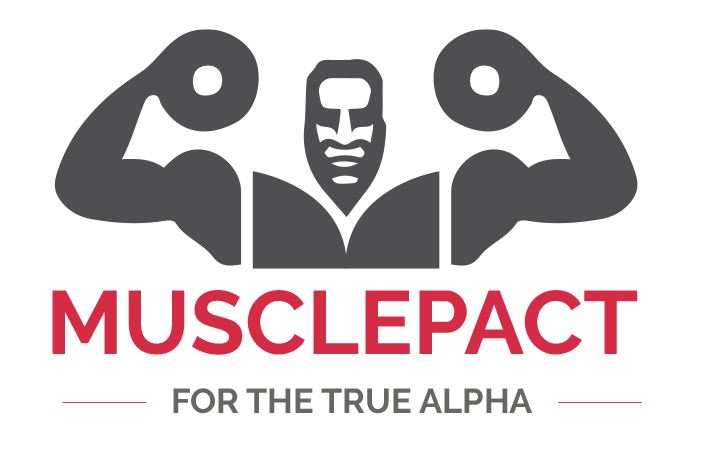The question that has come up now and again over the decades, closely related to weight loss and the issue of fitness, is: is it truly possible to have spot reduction? Usually, individuals wish that they can lose fat in a particular body part, such as the belly, the thighs or the arms, by doing targeted exercises. As we approach 2025, it is high time to consider once again what the exact science states about spot reduction and we can at long last achieve that flat tummy or toned arms through simply training those body parts.
What Is Spot Reduction?
Spot reduction is the rationalization that you could burn fat in a certain area of your body through working out that area in its entirety. As an example, crunches to eliminate the belly fat or tricep dips to lose the arm fat. This is an idea that is appealing, given that it allows one to control where the fat loss occurs. This is, however, a belief that has never been true; all through time, scientific research has proposed otherwise.
The Science Behind Fat Loss
In order to comprehend the reasons as to why localized fat burning does not occur as expected by people, you need to comprehend the mechanisms behind how fat loss actually occurs. When you are physically active your body will use calories as an energy source. This energy is provided by fat and carbohydrates stores. But the part of the body you are exercising may or may not be the one where that fat is pulled; rather, it depends on genetics, hormones, and other things on how your body decides.
To put it in other words, the body has no option of which fat to consume first. Your body will not lose fat in a particular area, but there will be an overall decrease in fat.
Scientific Studies That Debunk Spot Reduction
There have been many studies done to research whether spot reduction is effective.
Strong evidence is a randomized controlled trial published on PubMed (2015) through ultrasound imaging. Scientists studied the influence of abdominal resistance exercises on abdominal subcutaneous fat in women with obesity. One of the groups was on a calorie-restricted diet but the other was put on the same diet with abdominal exercises.
The result? The two groups decreased weight, yet the outcome did not indicate any difference in the reduction of belly fat. This also supports that exercising to burn fat in a certain area does not aid in the localized burning of fat.
Recent reviews and meta-analyses validated them in 2025. Spot reduction is seen as a myth among most individuals, regardless of the technological and exercise science breakthroughs.
Why the Myth Still Persists in 2025?
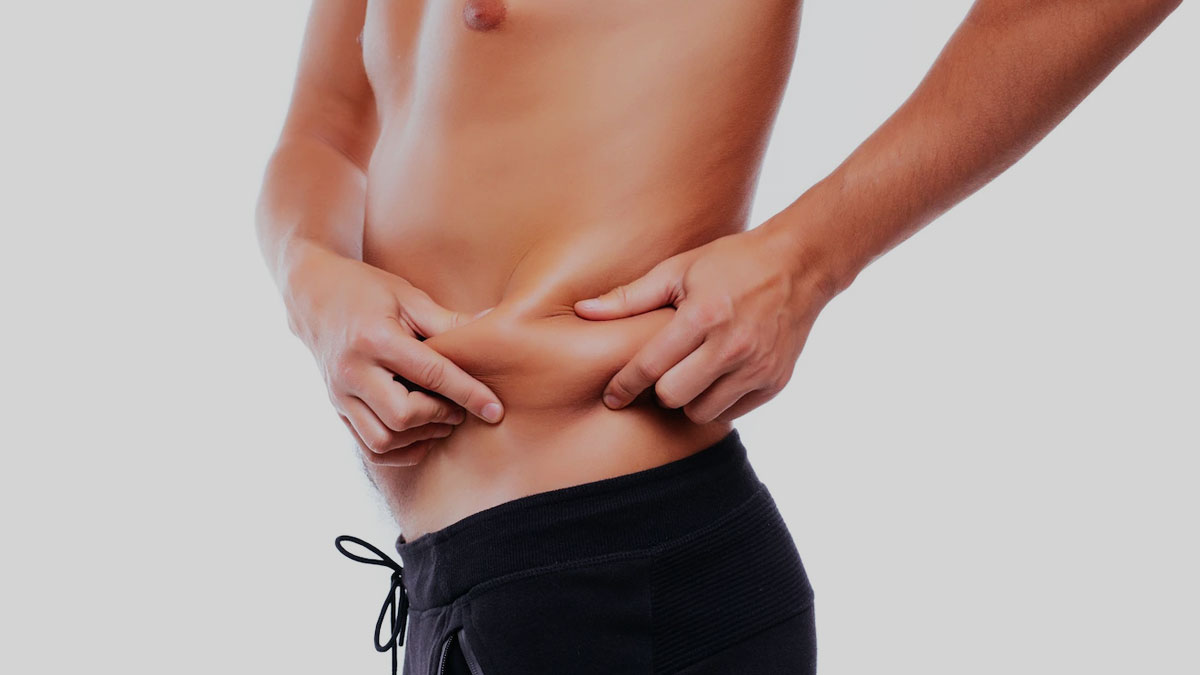
Spot reduction myths still exist, even in the face of scientific evidence, still circulating on social media. Popular fitness influencers and viral fitness videos usually have exercises that say to burn belly fat or to kill thigh fat in a short amount of time. Such statements stand the test of time since it is an easy answer to a difficult issue, and in addition, it sell.
Also, the emergence of body contouring trends and wearable fitness equipment has sparked the issue of fat reduction again. The concept of targeted fat loss is alive and well on websites such as social media and sites such as boards and posts on Pinterest weight loss tips, even though it is not supported by scientific data. Although these are tips which can at times, be encouraging, usually they build a lot of unrealistic thoughts or false guidance.
The Role of Genetics in Fat Storage
By the year 2025, scientists will have advanced the knowledge of genetics in determining fat distribution and storage. There is a tendency in your body to gain weight in some spots. As an example, some people accumulate the first weight in the stomach, unlike those who accumulate the first weight in the hips or thighs. Distribution of these is mostly based on hormonal activity and heredity.
So, you can do the same diet and the same workout as a person, and it can turn out to have different results that are dramatically different to that of the other person. Genetics do play a big part in where your body decides to burn fat, and that does not mean that you can opt out of the system by doing specific exercises.
What Works Instead of Spot Reduction?
With that being said about spot reduction, what can you do now to slim the fat and streamline your body into shape?
1. Whole Body Strength Training
Instead of prioritizing a given body part, it is best to incorporate multi-joint actions such as squats, deadlifts, push-ups, and rows. These full body workouts consume more calories, increase body lean mass, and help burn fat in general.
2. High-Intensity Interval Training (HIIT)
By 2025, HIIT routines will still be one of the best methods to lose fats. They have high-intensity periods of activity and recovery periods, which increase your metabolic rate, helping in lose fat throughout your body.
3. Consistent Cardio
Low-intensity cardio like jogging, cycling or swimming is also beneficial as it enhances cardiovascular functions and expends calories. It enhances your capacity to lose off unneeded fat when combined with strength training.
4. Balanced Nutrition
Exercise can never overcome a poor diet. A diet of whole foods, lean protein, healthy fats, and complex carbs aid a caloric deficit, a fat loss requirement.
The best nighttime fat burner supplements may be reviewed by those who aim to promote overnight recovery and metabolism, but these are always used with a certain degree of responsibility and up-to-date with healthy practices.
5. Progressive Overload
In order to gain definition and tone in the muscles, make sure that you gradually raise your weights and resistance. While progressive overload builds muscle, it won’t lead to spot reduction. Fat must be lowered across the entire body to reveal underlying muscle.
Can Technology Help in 2025?
The last few years have witnessed an explosion in non-invasive fat reduction procedures, which include:

Although a few of these techniques are promising towards shaping body parts, they are not substitutes to regular fat reduction techniques. Above all, they are cosmetic and usually problematic in the sense that they need maintenance.
By 2025, smart belts and other wearable gadgets, as well as AI-based fitness apps, will be able to follow your activity and fat percentage, as well as offer a customized plan. However, these tools only serve to strengthen the notion that area-specific fat loss has not been particularly scientifically backed to succeed.
Fat Loss vs. Muscle Toning: Know the Difference
Muscle toning vs fat loss is one of the major confusions among lots of people. It is vital to note that by exercising, you can work certain muscles to ensure that an area looks firmer. Nonetheless, muscle toning does not mean tearing away the fat that covers the muscle.
As an example, you may want to train your abdominal muscles, doing planks and crunches. However, should they be covered with a layer of fat, then you will not have a six-pack until you decrease the total body fat.
How to Achieve a Sculpted Physique Without Spot Reduction?
In case you want to have a toned shape in 2025, forget about shortcuts and traps. Rather, do this:
- Train intelligent: Concentrate on full-body circuit training and high-intensity interval training.
- Eat clean: Eat slightly under and consume health-rich food.
- Sleep and recovery: are just as important as the training itself.
- Stick to it: Real change takes time to happen. Keep going and make sure to follow your progress.
You can expect that when you optimize your entire lifestyle, you will achieve your dream physique, not when you target one area of it.
Conclusion
In conclusion, spot reduction remains to be one of the biggest fitness myths even in 2025. Though it is hard not to get lured into the belief of magic formulae, science indicates clearly that fat loss is a whole-body process. Do not focus on single areas, invest in an overall, strategic fitness plan that will support your long-term objective.
When you are willing to do the right workouts with proper nutrition and some expert suggestions, https://musclepact.com/ is the place that can help you build a stronger, leaner body. You also follow us on Facebook, Instagram and Pinterest.

Writing is my passion. I like to share tips about muscle building, nutrition, and all sports things. If you like my articles, please let me know like commenting on them and sharing them in your social media accounts. Thank you!
